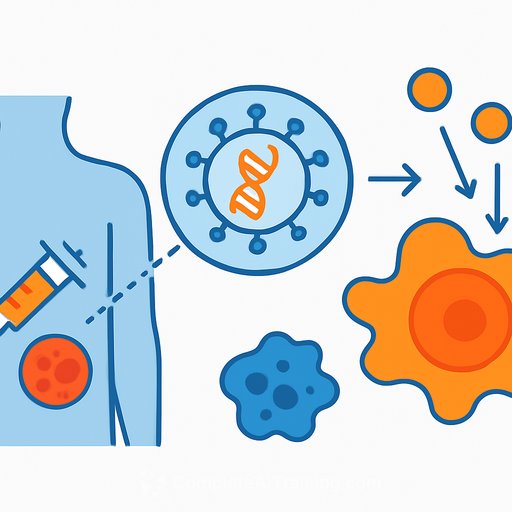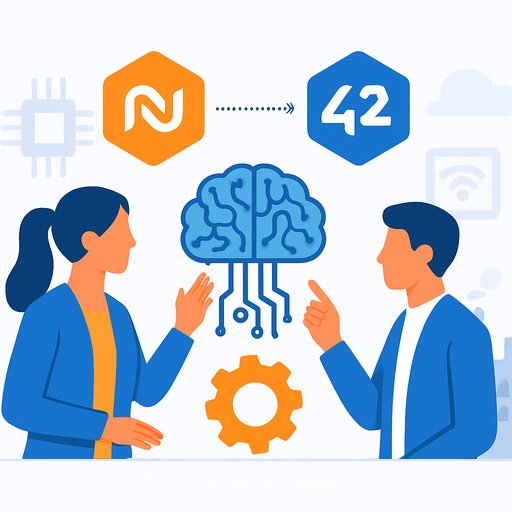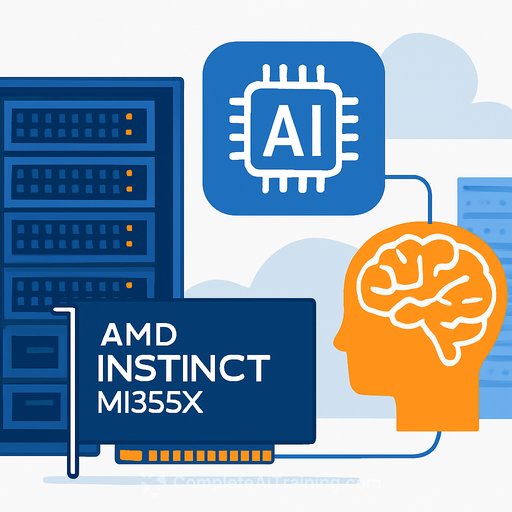Bezos Earth Fund backs open-source AI to make sustainable proteins taste better
The Bezos Earth Fund has awarded a $2M grant to Food System Innovations (FSI) and Stanford University to build an open-source AI model that helps teams create better-tasting, lower-impact proteins. The project sits under the Fund's $30M AI for Climate and Nature Grand Challenge and targets one thing that determines adoption: taste.
For IT and product leaders, this looks like a public stack for data-driven formulation: algorithms that predict sensory outcomes and optimize recipes using real consumer feedback and molecular data. The aim is faster iteration, higher hit rates, and clear sustainability wins.
What's being built
FSI's Nectar program runs the world's largest publicly available database on the sensory performance of plant-based and blended meats, based on thousands of US-based meat-eating consumers. With the new grant, FSI and Stanford will pair Nectar's sensory data with molecular flavor databases to train models that link molecular structure, flavor, texture, and consumer preferences.
- Predict sensory attributes (flavor, aroma, texture, juiciness) from ingredient and molecular features.
- Recommend and optimize formulations under multiple constraints (taste, cost, nutrition, emissions).
- Close the loop with human sensory feedback to improve recommendations over time.
- Release open-source assets to speed up R&D across the sector.
Why it matters for product and engineering
Taste drives trial and repeat purchase. Nectar's data shows several alt-protein products already outperform animal meat on specific sensory attributes, but consistency and speed are the gap.
- Shorter R&D cycles: early research from Stanford's team indicates LLM collaboration cut formulation time by 45% vs 22% with another human scientist.
- LLM-in-the-loop formulation: use sensory feedback to iteratively refine recipes and surface tradeoffs in plain language for cross-functional teams.
- Multi-objective optimization: tune for taste, cost, nutrition, and emissions in a single workflow.
- Integrations: connect to PLM/LIMS, standardize data capture, and track model versions with clear governance.
How the AI is expected to work
According to FSI, the model will combine Nectar's sensory data with molecular flavor datasets to predict how ingredients map to consumer preferences. Stanford researchers have shown large language models can revise formulations based on sensory feedback, producing actionable guidance for food scientists.
- Feature space: molecular descriptors, ingredient lists, processing parameters, and sensory ratings.
- Predictive model: map features to attribute and preference scores, then propose recipe changes.
- LLM layer: translate feedback into formulation edits and experiment plans.
- Optimizer: balance taste and sustainability constraints; validate with new taste tests.
Environmental impact, with a reality check
Moving away from industrial livestock reduces emissions and land and water use. The team cites research showing an AI-guided approach can cut restaurant emissions by 79% while keeping guest satisfaction steady.
AI's own footprint is a fair concern. Data centers draw significant energy and water, and many grids still rely on fossil fuels. The Fund's stance: make AI work for the environment, not the other way around. See program details at the Bezos Earth Fund's site here, and read context on data center energy trends from the IEA here.
Quotes from the project leads
"Taste is the gateway to consumer adoption. Nectar's data helps the sustainable protein industry refine formulations and enhance flavour, making climate-friendly foods truly irresistible," said Caroline Cotto, Nectar's director and co-principal investigator. "Partnering with the Bezos Earth Fund allows us to translate AI innovation into real-world climate and conservation impact, one bite at a time."
Stanford PhD candidate and co-PI Anna Thomas added: "Our early research shows that large language models can help revise formulations based on sensory feedback. With this grant, we can deliver actionable insights that improve taste and speed the protein transition."
Program context
FSI is one of 15 entities to win under phase two of the AI for Climate and Nature Grand Challenge, a $100M initiative to advance AI solutions for climate and biodiversity. In phase one, nine organizations received $50,000 grants focused on sustainable proteins.
Beyond AI, the Bezos Earth Fund has committed $100M to establish three Centers for Sustainable Protein in North Carolina, London, and Singapore, part of a $1B pledge to transform food systems.
What to watch next
- Open-source scope: model code, weights, sample data schemas, and evaluation frameworks.
- Data quality: panel diversity, repeatability, and regional taste differences.
- Generalization: performance across cuisines, formats (burgers vs nuggets), and processing methods.
- APIs and integrations: ease of plugging into PLM/LIMS, cost estimation, and LCA tools.
- Governance: versioning, model cards, and privacy for panel data.
- Ops: inference costs, latency, and hardware requirements for at-bench use.
- Metrics that matter: prediction error on sensory attributes, in-market lift (trial, repeat), and emissions per serving.
Practical next steps for product teams
- Instrument your R&D loop: capture structured sensory feedback and link it to ingredient/process data.
- Start pilots: LLM-in-the-loop ideation with hard constraints (allergens, cost ceilings, nutrition floors).
- Adopt multi-objective optimization: set clear weights for taste, margin, and emissions to reflect your strategy.
- Build evaluation discipline: offline metrics plus human taste tests; promote only what wins both.
- Plan governance early: data provenance, experimentation logs, and audit trails.
Further learning
- Upskill your team on LLM workflows and prompt design for R&D assistants: AI courses by job role
Your membership also unlocks:










